Female Indian Ringneck Mating Behavior
Female Indian ringnecks undergo distinct changes when ready to find a mate and breed. Being aware of these signs helps bird keepers better care for their pets during the mating season. This prevents unwanted nesting while allowing those intentionally breeding ringnecks to be prepared.
Signs a Female is Ready to Mate
When a female Indian ringneck is receptive to mating, she will make it quite clear to any potential male suitors. Here are the most common signs that a female ringneck is ready to get down to business:

- Increased vocalizations – A female entering breeding condition will start calling loudly and repeatedly throughout the day. Her distinctive high-pitched screams are meant to attract a male. She may also produce growling “grrr” sounds when defending her territory.
- Vent-bobbing – Bobbing the tail up and down is a clear signal of sexual receptiveness and interest. The vent area (under the tail) is displayed rhythmically. The motion is rapid and exaggerated during peak mating time.
- Head-bobbing – Along with vent-bobbing, a female preparing to mate will bob her head up and down. This head movement is vigorous and displays mounting excitement.
- Pacing and clinginess – When ready to breed, the female ringneck becomes very focused on locating potential mates. She will pace anxiously and follow a male closely when one is spotted. She does not want to be separated from the target of her affection!
- Raised tail feathers – Elevating the long tail feathers exposes the vent area to make mating easier. This posture is an invitation to get busy!
- Solicitation display – The most direct request to mate is when the female crouches low, quivers her wings, raises her tail, and presents the back of her head to the male. If he does not take advantage of this offer, she may bite him to show her impatience!
These obvious behaviors indicate that the time for mating is nigh. Being able to recognize when a female ringneck is feeling amorous prevents avian heartbreak while also allowing responsible breeding.
Read Our Article: How Much Time Should I Spend With My Indian Ringneck?
Ringneck Breeding Methods
There are two main approaches used for breeding Indian ringnecks – housing birds separately by sex or keeping bonded pairs together year-round. The method chosen often depends on the breeder’s goals and preferences.
Housing by Sex
Many breeders focused on producing certain mutations will house male and female ringnecks in separate enclosures. When it’s time to breed, the male is introduced into the female’s cage once she shows interest in her nest box. Caution must be taken here, as the female can be aggressive and injure an unfamiliar male.
To minimize aggression, the male can be placed near the female’s cage first so she adjusts to his presence. Once the female seems receptive, the pair can be introduced directly. The breeder should supervise closely at first, prepared to separate them if the female acts overly hostile. Clipping the female’s wings can help reduce her ability to attack as well.

If the pair still doesn’t get along, they may bond better being moved together into neutral territory – a new cage in a different location. This forced proximity helps facilitate pairing.
Housing Bonded Pairs
Keeping male and female pairs bonded year-round is preferred by many breeders. It eliminates much of the aggression seen when introducing unfamiliar birds. The bonded pair shows natural affection and interest in breeding when the time is right.
Permanent pairing makes record keeping and care easier. The breeder also gets a good sense of how the pair will share parental duties. However, this method is better suited for small-scale breeders focused on companionship over mutations.
Choosing a Method
The breeding method selected depends wholly on the individual breeder’s goals and preferences. Those wanting to develop new mutations may prefer housing by sex. But breeders focused on pets often opt for year-round bonded pairs. Either approach can be rewarding when done properly.
The Mating Ritual
The actual mating between a pair of Indian ringnecks is a brief but intricate ritual. To begin, the male parakeet will approach the female and rub his beak against hers. This is a sweet display of affection. If the female is feeling receptive, she will allow the male to climb onto her back. The male grasps her neck feathers tightly for balance.
At this point, the two birds may press their vents together. This behavior is known as cloacal kissing. It helps strengthen their bond. The real mating only lasts a few quick seconds. The male dismounts soon after. However, the male and female will usually repeat the short mating several times in fast sequence before separating.

Sometimes, the vents may remain locked together for an extended period after mating. This is called a copulatory tie. It helps ensure successful passage of sperm from the male.
After mating is complete, the female ringneck will get ready to lay eggs. She will usually produce eggs within 7-10 days. Over the course of a breeding season, she may lay up to 5 clutches of eggs. Each clutch contains around 2-6 eggs.
Behaviors After Mating
At first, the male and female ringneck are still affectionate after mating. They may stay close, preening each other’s feathers and sharing meals. But this affection fades quickly as the female starts nesting.
The female becomes aggressive and defensive. She protects the nest site from the male and any other intruders. The male loses interest in helping the female incubate the eggs and feed the chicks. His hormones change after mating.
The bond between the mated pair weakens since the male shirks his parenting duties. The female is left to raise the chicks completely alone.
Mated pairs may still get back together in future breeding seasons. But Indian ringnecks don’t mate for life. The same male and female do not always stay bonded year after year.
Excessive egg laying can occur if the female’s nest is disturbed after mating. It’s important to monitor mated pairs closely. The female will keep laying eggs as long as any remain in the nest.
Letting nature run its course allows Indian ringnecks to breed successfully. But owners should watch closely for aggressive behaviors. Separating the pair may become necessary as they start to fight.
Tips for Bird Owners
Managing mating behaviors is an essential part of responsible Indian ringneck ownership. Here are some tips:

- Observe female ringnecks closely for signs they are entering breeding condition. Increased vocalizations, vent-bobbing, clinginess and raised tail feathers are dead giveaways.
- Separate males and females before mating occurs if breeding is not desired. Bonded pairs will likely still display mating behaviors even in solitary cages.
- Ensure proper nesting sites are available if allowing birds to breed – nest boxes or coconut shells work well. Provide ample nesting material too.
- To prevent excessive egg-laying, remove eggs from the nest as soon as they appear. The female will keep producing eggs as long as they remain.
- Give baths and increase light exposure to curb hormonal surges that trigger breeding instincts.
- Watch closely for aggressive behaviors after mating as bonded pairs start to fight. Separate if necessary.
- Consult an avian vet if egg-laying becomes excessive or problematic. There are options to get it under control.
Read Next: Indian Ringneck Parakeets: Overview, Characteristics and Care
Conclusion
Female Indian ringnecks engage in remarkable rituals as they prepare to mate and breed. Recognizing the signs of a receptively hen and understanding typical mating behaviors supports responsible bird ownership. Mating brings great joy and satisfaction to bird lovers intentionally breeding Indian ringnecks. But it also requires diligent management to ensure the wellbeing of our feathered friends. With proper care and attention, these unique parrots can safely indulge their biological urges and continue charming us with their vibrant beauty for years to come.



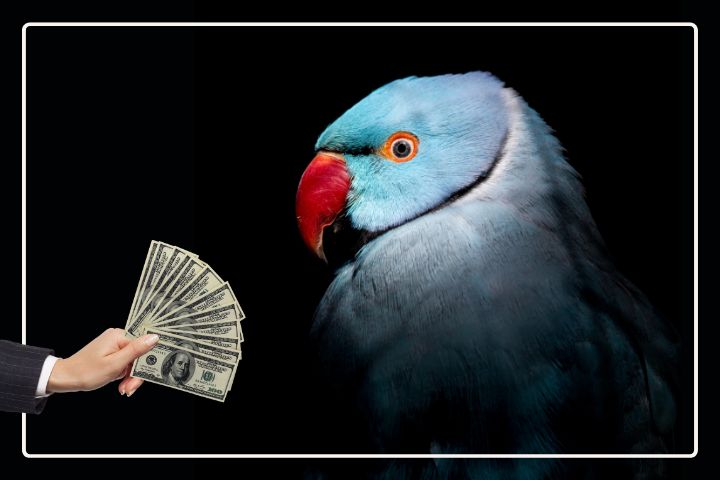
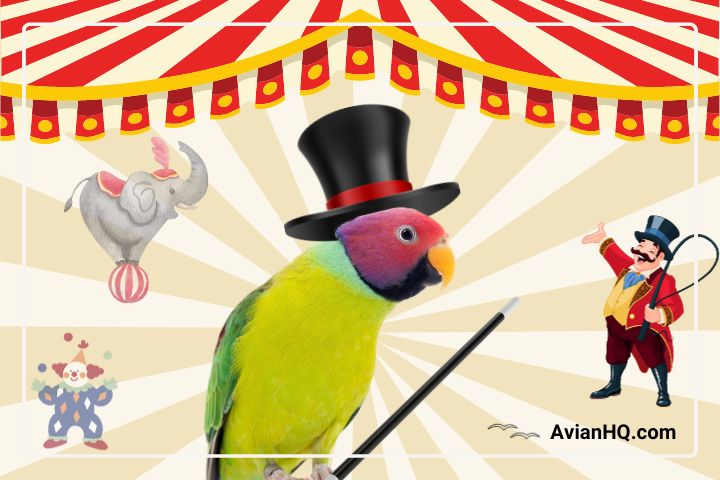
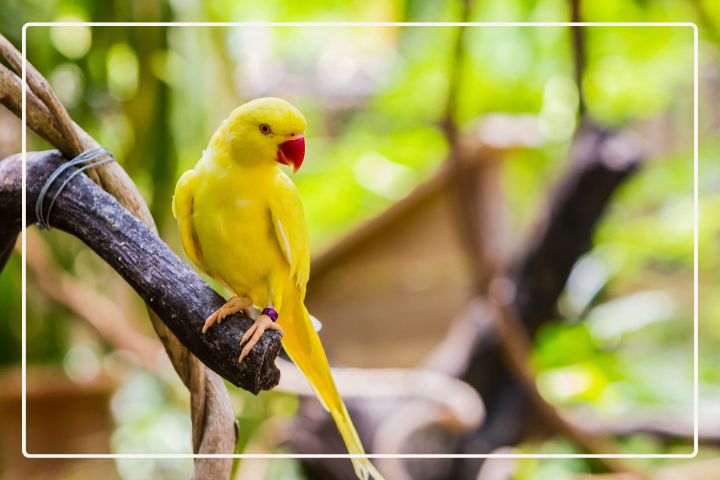
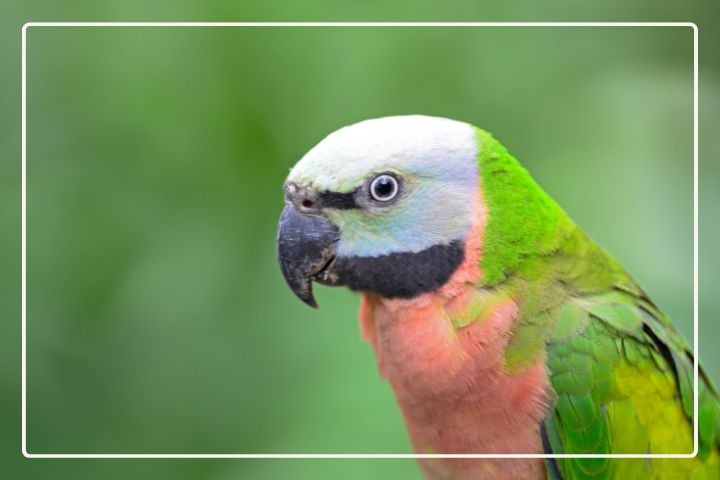
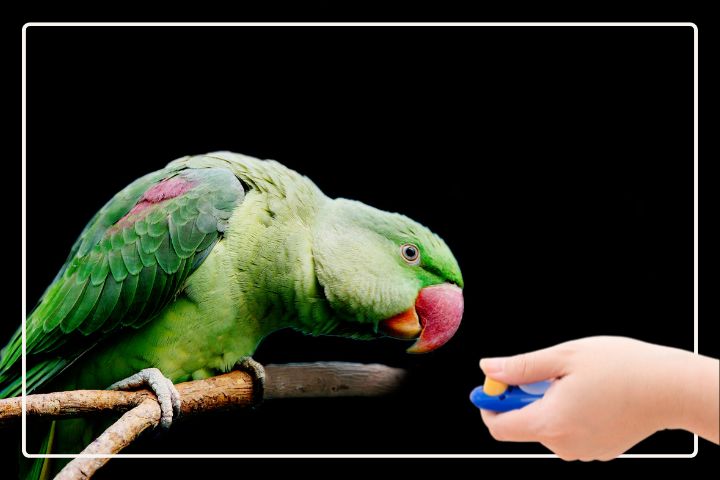
Very efficiently written story. It will be supportive to anyone who usess it, as well as myself. Keep up the good work – for sure i will check out more posts.